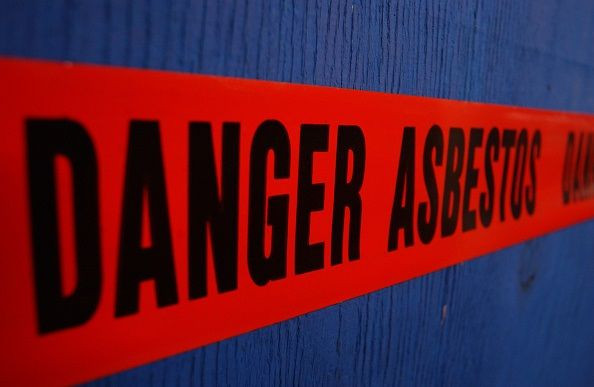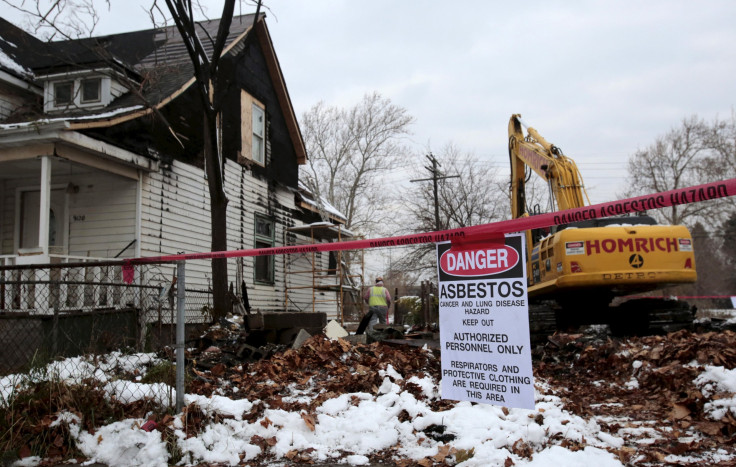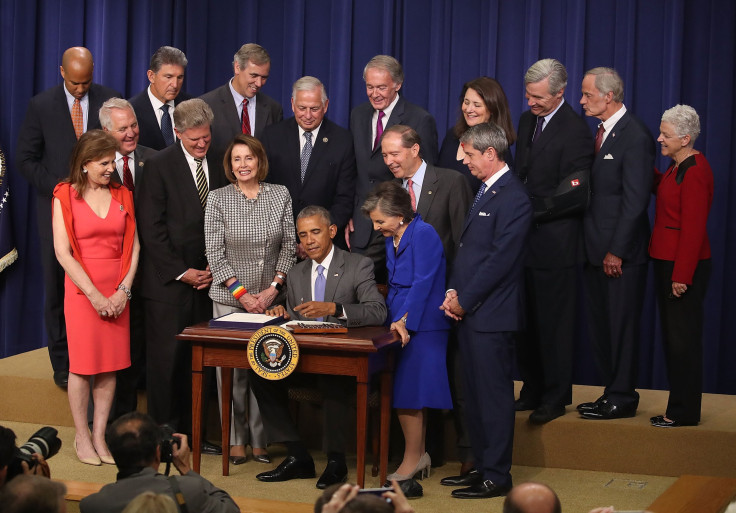TSCA Reform: These Toxic Chemicals Are Still Allowed Under The EPA’s Chemicals Law

Asbestos, C8, styrene and bisphenol A — U.S. regulators have known for years these chemicals pose risks to human health and the environment. But a restrictive, 40-year-old chemicals law kept regulators from limiting the use of such compounds in many consumer and industrial products.
“The regulations proved to be paralysis by analysis,” said Richard Denison, a lead senior scientist for the Environmental Defense Fund in Washington.
Now, the Environmental Protection Agency will have more leeway to regulate scores of chemicals that are known to cause cancer, like asbestos, or threaten human development and reproduction, like bisphenol A. President Barack Obama on Wednesday signed a sweeping overhaul of the Toxic Substances Control Act of 1976, marking the first substantial reform of a U.S. environmental law in more than two decades. “Here in America, folks should have the confidence to know that the laundry detergent we buy isn’t going to make us sick, that the mattresses our babies sleep on aren’t going to harm them,” Obama said in a signing ceremony in Washington.
The chemical safety reforms — adopted after a decade of debate and disputes among legislators, industry groups and public health advocates — will lift certain restrictions on the EPA’s authority and ease burdensome requirements that have kept the EPA from studying chemicals in clothing, household cleaning products, furniture, toys and other products we regularly wear and use. In the last four decades, the EPA has banned only five of the more than 80,000 chemicals used in the United States. Only about 7 percent of the roughly 3,000 high-volume chemicals have been tested for safety.
“This bill addresses fundamental flaws that have hindered EPA’s ability to protect human health and the environment from chemical risks,” Monica Lee, an EPA spokeswoman, said by email. “We stand ready to get to work on implementing these new reforms.”
Asbestos Attack

The original toxic chemicals law set such a high burden of scientific proof that the EPA’s evidence against asbestos — which kills as many as 15,000 Americans a year — wasn’t enough to pass the legal muster. Asbestos is a fiber once commonly found in construction materials such as concrete, ceiling insulating, fireproof drywall and flooring. It can also cause lung cancer and mesothelioma, a cancer specific to asbestos that forms on the thin protective tissues covering the lungs and abdomen.
EPA spent the 1970s and ’80s developing rules that would have eliminated most uses of the asbestos under Section 6 of the chemicals law. But a federal court dismissed the regulations, arguing the EPA had not proved asbestos presented an unreasonable risk to health or environment. The agency hasn’t attempted to ban a single harmful chemical in the 25 years since.
“EPA concluded that if after 10 years and with a substance like asbestos it couldn’t meet Section 6, then it couldn’t meet Section 6 for anything,” said Mark Duvall, a principal at the law firm Beveridge & Diamond P.C.
Noxious Cookware

After its asbestos defeat, the EPA instead tried to establish voluntary limits or phase-outs of certain compounds, such as perfluorooctanoic acid (PFOA), also known as C8. The synthetic polymer was for decades an essential ingredient in DuPont’s Teflon cookware and is still used in hundreds of other nonstick pots and pans.
While the coating makes frying an egg or flipping a quesadilla infinitely easier, C8 is linked to a litany of health problems. In 2011 and 2012, a panel of scientists found C8 was “more likely than not” linked to ulcerative colitis, high cholesterol, pregnancy-induced hypertension, thyroid disease, testicular cancer and kidney cancer. Scientists found C8’s effects were widespread throughout the body, even at very low exposure levels.
Because C8 and similar perfluorinated compounds are so ubiquitous — both in cookware and in the waterways where DuPont dumped it for years — some 99.7 percent of Americans have C8 in their bloodstreams, the Centers for Disease Control and Prevention found in a 2007 analysis.
Yet the EPA didn’t ban C8. In 2006, the agency reached an agreement with eight U.S. chemical companies, including DuPont, to virtually eliminate C8 from consumer products coated with the nonstick material. The voluntary pact was hailed as a breakthrough for public health and the environment; companies that made billions of dollars from products containing C8 had agreed to alter their manufacturing methods in a matter of years.
Perfluorinated compounds, however, are still widely used as nonstick polymers in everything from waterproof jackets and running shoes to microwave popcorn bags and pizza boxes. In 2015, more than 200 scientists from around the world signed a statement warning consumers about the dangers of new nonstick compounds, which may be just as toxic as C8.
Giving The EPA More Teeth

Proponents of this week’s reforms to the Toxic Substances Control Act said the revamped law will empower the EPA to more quickly and forcefully regulate chemicals like C8, asbestos and other harmful compounds.
National public health and environmental groups — including Environmental Defense Fund, National Wildlife Federation, March of Dimes and the Humane Society — said the reforms marked a significant improvement over the status quo. Chemical manufacturers also largely supported the changes, noting that it will give consumers more confidence in the EPA’s assessment of chemicals. (Backing from industry groups also helps explain how a major environmental reform could garner bipartisan support in a sharply divided Congress.)
The law “will achieve a more predictable and uniform regulatory program, better protect Americans’ health and our environment, and support our economy while creating new job opportunities,” the American Chemistry Council, the main industry trade group, said in statement provided by email. Chemical companies will initially pay $25 million in annual fees to help cover the costs of EPA’s reviews of thousands of chemicals.
But the EPA will still face substantial hurdles in reviewing the tens of thousands of chemicals currently on its plate. Some organizations, such as the U.S. Public Interest Research Groups and Physicians for Social Responsibility, said that while the updated law is better than the original, the reforms don’t do enough to ensure EPA has sufficient funding or staffing power to review potentially toxic chemicals. The new law will also make it harder for state regulators in certain cases to impose their own restrictions on harmful ingredients, leaving power concentrated at the slow-moving, red tape-laden federal level.
Carli Jensen, the toxics campaign director at U.S Public Interest Research Groups, said it may take a full generation before Americans see the benefits of the Toxic Substances Control Act reforms. “It’s going to be a long period of time before we can feel safe under the new law,” she said.
© Copyright IBTimes 2025. All rights reserved.





















